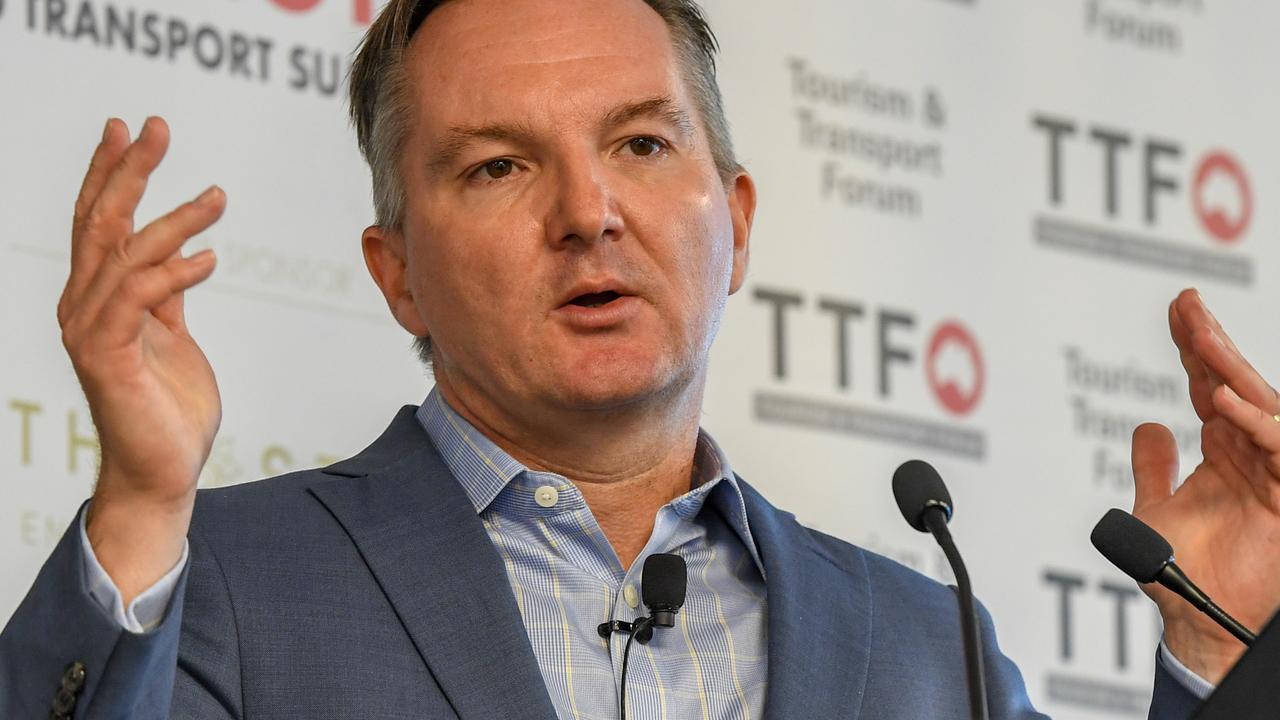
The 23 countries that now have negative interest rates produce almost one quarter of the world’s output.
And because those negative interest rates are likely to remain for the rest of the decade, they are playing a big role in propelling the US ten-year bond rate down from 2.3 per cent to 1.75 per cent in recent months.
For citizens of those 23 countries, the idea that Australian politicians think they can gain tax revenue from ending negative gearing is a joke, but more of that later.
The European Central Bank and countries like Germany, Switzerland, Austria, Sweden and Japan have negative interest rates.
Last week, Sweden’s central bank lowered its bank-lending rate from negative 0.35 per cent to negative 0.5 per cent and it may further increase that negative rate.
European bank stocks declined because investors feared negative rates would reduce bank profits. But many banks (but not all) are passing the negative rates onto their customers, although they use different ways including charging fees for keeping money in an account. Citizens must become accustomed to the fact that any money they leave in the bank will reduce in value.
Earlier this year, the Swiss government issued two-year bonds that carried a negative interest rate of just over one per cent. That means those that invested in the bond did so in the full knowledge they would lose money.
Prolonged negative interest rates are going to completely change the way people and businesses conduct their affairs in these 23 countries because suddenly cash savings are a cost rather than a source of income. Money is simply a transactional facilitator not a way of saving. Negative interest rates completely change the dynamic of business and consumer relationships.
Discounts for paying quickly will be replaced with a requirement to pay more slowly and new businesses may set up to store notes safely at a lower cost than bank deposits. Consumers will look for loopholes so they can pay bills in advance.
When buying assets, business and individuals have a source of borrowing that has almost no cost. And the lenders gaining a positive return from a credit worthy borrower will no longer be anxious to get their money back and start seeing it reduce in value.
And so a major impact from negative interest rates will be to lift asset prices because this does not look to be a short-term aberration.
It is now becoming clear that moving from negative to positive rates will be extremely difficult — even harder than moving from positive to negative rates — and residents and businesses simply need to adapt.
Assuming rates are likely to be in negative until at least the end of the decade, the prices of assets will rise. And the longer negative interest rates exist, the higher the prices can rise.
The assets that will benefit most are shares in dividend paying companies, real estate, collectibles and annuity streams including high returns from solvent companies and governments that issued long-term debt securities when rates were high. But creditworthiness will be vital
The repercussions extend from those countries that have negative interest rates to developed countries around the world. The US has no plan to introduce negative interest rates, but Federal Reserve chair Janet Yellen has been closely questioned on the subject.
If the US were to fall into recession she would need to consider following Europe and Japan.
Here in Australia, with Japan now a negative interest rate country, our positive rates are looking very attractive to Japanese seeing their cash diminish in value. This is one of the reasons our dollar has become stronger. That might force the Reserve Bank to reduce our interest rates.
That would have the paradoxical effect of sending many of those that negatively geared into positive returns. They would pay tax on the income but the value of their dwellings would rise.



